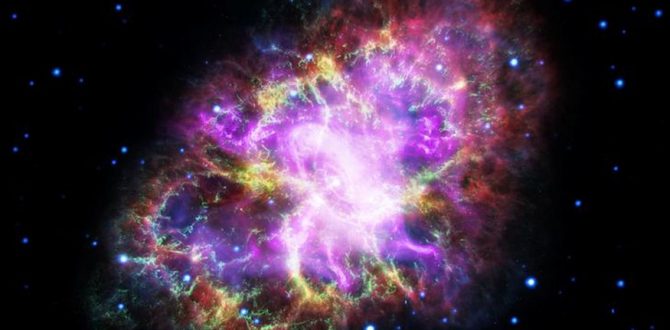Researchers led by David Sobral from Lancaster University in the UK made the chart using the Subaru telescope in Hawaii and the Isaac Newton telescope in the Canary Islands. They looked back in time to 16 different epochs (period of time in history) between 11 and 13 billion years ago.
“These early galaxies seem to have gone through many more “bursts” when they formed stars, instead of forming them at a relatively steady rate like our own galaxy,” said Sergio Santos, a PhD student at Lancaster. “Additionally, they seem to have a population of young stars that is hotter, bluer and more metal-poor than those we see today,” said Santos.
Light from the most distant galaxies takes billions of years to reach us. This means that telescopes act as time machines, allowing astronomers to see galaxies in the distant past. The light from these galaxies is also stretched by the expansion of the universe, increasing its wavelength to make it redder.
Also read: Nokia 6 (2018) First Impressions Review: An Outstanding Built Housing a Smooth Performance
This so-called redshift is related to the distance of the galaxy. By measuring the redshift of a galaxy, astronomers can thus deduce its distance, how long its light has taken to reach us and hence how far back in time we are seeing it.
The team used filters to sample particular wavelengths of light and hence specific epochs in the history of the universe. Sobral and his team found galaxies that existed when the universe was only 7 to 20 percent of its current age, and hence provide crucial information about the early phases of galaxy formation.
The researchers also found that these early galaxies are incredibly compact. “The bulk of the distant galaxies we found are only about 3 thousand light-years across in size, while our Milky Way is about 30 times larger,” said Ana Paulino-Afonso, a PhD student at Lancaster. “Their compactness likely explains many of their exciting physical properties that were common in the early universe,” said Paulino-Afonso. “Some of these galaxies should have evolved to become like our own and thus we are seeing what our galaxy may have looked like 11 to 13 billion years ago,” she said.
Watch: Vivo V9 Review: First Android Clone of iPhone X in India
Also Watch
-
 Terminator Says ‘I’m Back’ : Arnold Schwarzenegger Wakes Up From Heart Surgery in Style
Terminator Says ‘I’m Back’ : Arnold Schwarzenegger Wakes Up From Heart Surgery in Style
-
 Monday 02 April , 2018
Monday 02 April , 2018
Bharat Bandh Explainer: Why Dalits Took To The Streets in Protest
-
 Tuesday 03 April , 2018
Tuesday 03 April , 2018
CWG 2018 : Hearing on Cards After Syringes Appear in Games Village
-
 Monday 02 April , 2018
Monday 02 April , 2018
Video: Bharat Bandh observed across India
-
 Tuesday 03 April , 2018
Tuesday 03 April , 2018
Watch | Student Writes in Answer Sheet: Love Didn’t Let Me Study


Bharat Bandh Explainer: Why Dalits Took To The Streets in Protest

CWG 2018 : Hearing on Cards After Syringes Appear in Games Village

Video: Bharat Bandh observed across India

Watch | Student Writes in Answer Sheet: Love Didn’t Let Me Study






